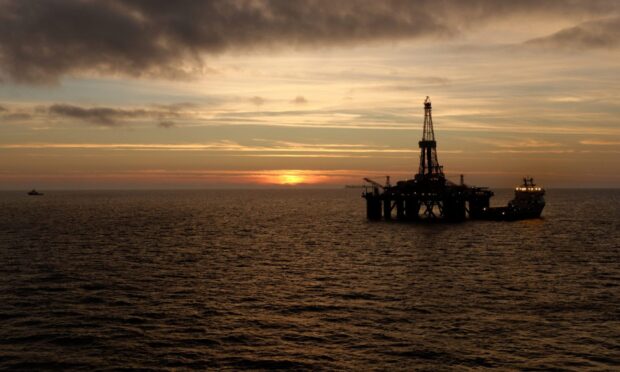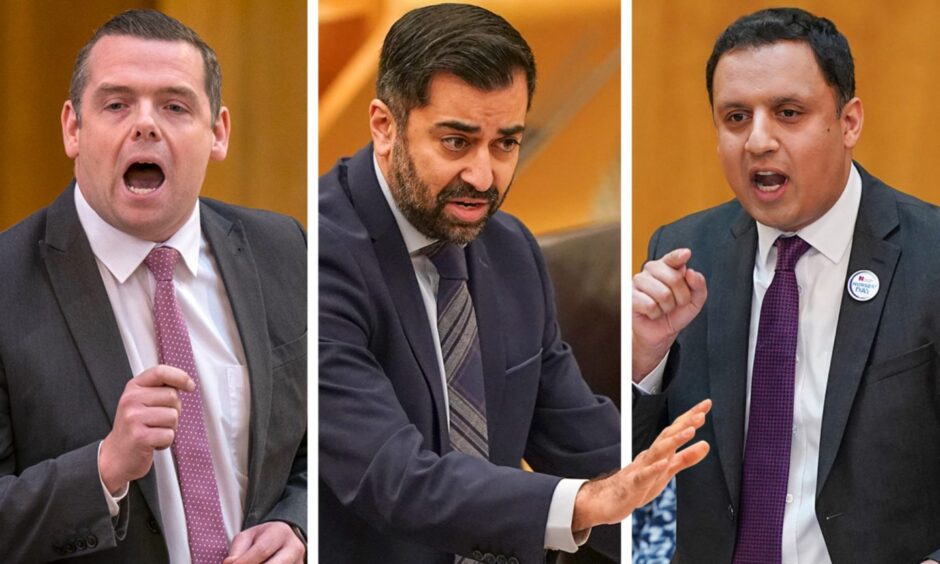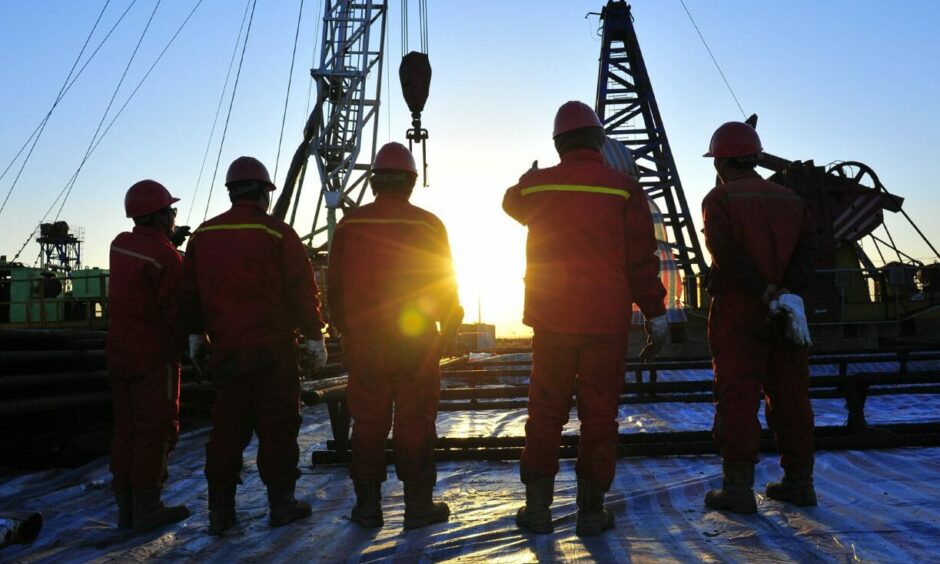The north-east has quickly become the centre of the general election contest in Scotland as parties battle over support for the vital energy-fuelled economy.
The SNP, Tories and Labour all lined up in recent days to boast support for North Sea jobs – and clashed heavily over the controversial windfall tax on energy profits.
There are predictions as many as 100,000 jobs are at risk in the sector.
First Minister Humza Yousaf and his political rivals have all referenced the figure in recent weeks as they try to win those precious votes in and around Aberdeen.
But where has the total come from and what is the reality?
‘Worst case’ sees 100k at risk
Analysts at investment bank Stifel predicted in February that 2024 will be the final year for spending in the North Sea oil and gas industry.
And they warned Labour’s windfall tax plans will see a “best case” scenario of 20,000 jobs lost in the sector.
The party wants to extend the windfall tax on oil and gas firms by an extra year until at least 2029 and increase it from 75% to 78%.
Labour has also abandoned plans to invest £28 billion in green energy projects, a blow for the north-east in the shift toward renewables.
Under a “worst-case” scenario, analysts warn as many as 100,000 jobs could be lost if there is no exploration and no drilling of existing wells.
But while Sir Keir Starmer has committed to blocking new licences, he has not indicated that existing fields will be shut down.
Speaking at Scottish Labour conference last month, he said North Sea oil pipelines will “continue for decades” after anger from the sector to his plans.
What about Tories and SNP?
The Scottish Tories are keen to position themselves as the only party standing up for the industry – and did so vociferously at their party conference in Aberdeen last week.
Yet leader Douglas Ross was left humiliated when Tory Chancellor Jeremy Hunt chose to extend the tax to 2029 in his budget on March 6.
The Tories did not raise the levy by 3% like Labour’s plans and have retained investment allowances to encourage firms to continue investing.
Prime Minister Rishi Sunak granted 100 new North Sea oil and gas licences last year and has announced plans for annual licensing rounds.
The SNP appears to have softened their stance around oil and gas in recent months, as the general election campaign approaches, and following Aberdeen South MP Stephen Flynn taking on the role of Westminster leader.
Former First Minister Nicola Sturgeon led a shift away from strongly supporting the fossil fuels sector, opposing development of the Cambo oil field.
And Mr Yousaf previously said the decision to approve the development of the Rosebank oilfield off Shetland as “wrong”.
But last month, the first minister travelled to Aberdeen to blast Labour’s plans to extend and hike the levy, which he claimed would deliver a “jobs tipping point”.
He is in favour of maintaining the North Sea windfall tax at current levels.
What does industry say?
Trade body Offshore Energies UK (OEUK) said last month that 42,000 jobs could be at risk and £26 billion in economic value if Labour implements its tax plans.
The differing scenarios are partly due to a lack of detail from Labour – the difference between exploration drilling and drilling on existing wells, for example – on the plans ahead.
OEUK say that based on the “limited information” provided, the tax plans will likely result in no new investments being made in UK oil and gas projects.
The trade body’s modelling uses estimates of how industry expenditure and production support jobs.
According to their calculations, an additional 42,000 direct, indirect and in so-called ‘induced’ roles could be lost across the economy if there is no further investment.
Speaking at the time, OEUK chief executive David Whitehouse said: “With no new investment, 42,000 jobs will go, and we could start to see the effects as early as this year.”
We set out the scale of the challenge ahead in our oil and gas jobs tracker which shows the sector supports more than 93,000 jobs across Scotland.
The vast majority of these jobs – more than 84,000 – were based in Aberdeen and Aberdeenshire in 2022.
Last year, experts from Robert Gordon University’s Energy Transition Institute released a report which said up to 95,000 UK offshore energy could be at risk by 2030.
This is based on a scenario where the decline in oil and gas jobs exceed new opportunities available in offshore renewables.
The future of the North Sea workforce will continue to be a major issue for all parties ahead of the next general election.
Prime Minister Rishi Sunak has previously indicated voters will go to the polls in the “second half of this year”.



